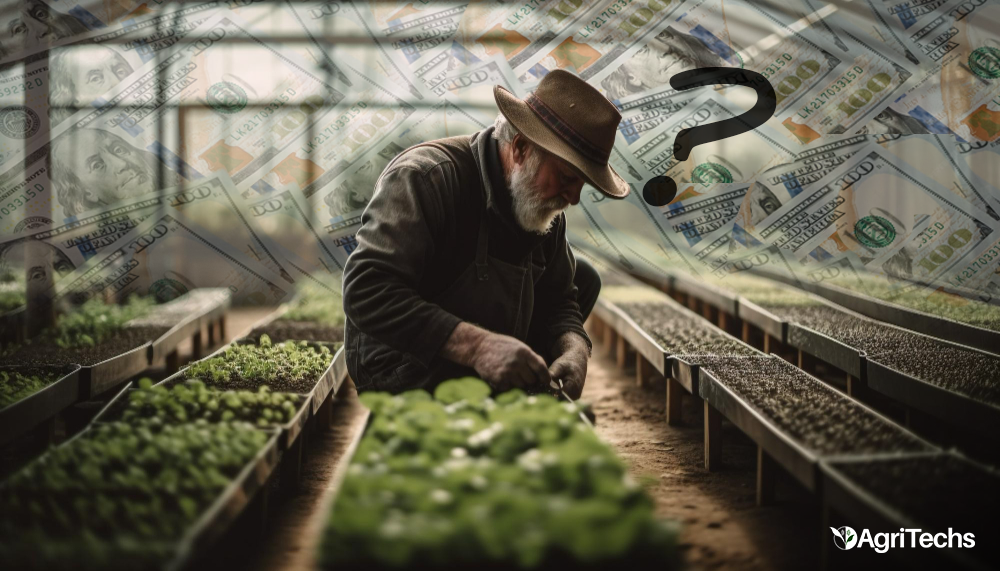AgriTech Adoption: Addressing Challenges and Overcoming Barriers to the Agriculture

Unveiling the Promise of AgriTech
Agriculture has long served as the foundation of human civilization, with enormous fields stretching as far as the eye can see. Farmers have worked the soil since the beginning of time, squeezing food from the
earth through sweat and toil. However, as the globe heads into an uncertain future, the agricultural
landscape is undergoing a significant upheaval, fueled by technology. This merger of agriculture and
technology, known as AgriTech, has the potential to revolutionize farming operations, increase
production, and ensure sustainability. However, within this promise lies a landscape filled with obstacles
and limitations that must be addressed to realize the full potential of agriculture technology.
Navigating the Digital Drive
The digital age might feel like a distant dream in rural villages where life rhythms beat to the tempo of
nature. Farmers are stuck on the wrong side of the digital divide because they lack access to essential
infrastructure such as electricity and internet connectivity. AgriTech’s promise remains tantalizingly out
of grasp for them. Bridging this divide will necessitate not only technology innovation, but also
collaborative initiatives to provide access to areas, providing farmers with the tools they need to succeed
in the digital era.
Overcoming the Financial Hurdles
In the world of agriculture, where every cent matters and margins are razor-thin, the initial price of
AgriTech solutions might be prohibitive. For small-scale farmers with limited resources, investing in
technology may appear to be an impossible challenge. However, AgriTech’s long-term benefits – better
yields, lower inputs, and improved sustainability – are too significant to ignore. To overcome financial
hurdles, governments, stakeholders, and entrepreneurs must collaborate to create inexpensive solutions
and offer financial assistance in the form of subsidies, grants, and low-interest loans.
Bridging the Knowledge Gap
While the digital age offers innovation, many farmers are stranded in a sea of technological complexities.
They remain connected to traditional traditions due to a lack of education and training. Bridging this
knowledge gap necessitates not just access to technology, but also extensive training programs and
extension services that provide farmers with the necessary skills to fully utilize AgriTech.
Addressing Resistance to Change
Change is never easy, especially when it challenges decades of traditions and ways of life. In agriculture,
where the seasons control the pace of life, the introduction of technology can feel like an assault to the
very heart of farming. Overcoming this reluctance requires not only argument, but also patience and
empathy as farmers make the transition to a digitally driven agricultural world. By showcasing the practical
As the globe faces the tremendous problems of feeding a growing population while dealing with climate
change and resource shortages, the need for agricultural technical innovation has never been stronger.
AgriTech has the key to unlocking new levels of production, sustainability, and resilience in farming. By
resolving the problems and impediments to adoption, stakeholders may create a future in which
technology and tradition merge, ushering in a new era of agricultural innovation and prosperity.






